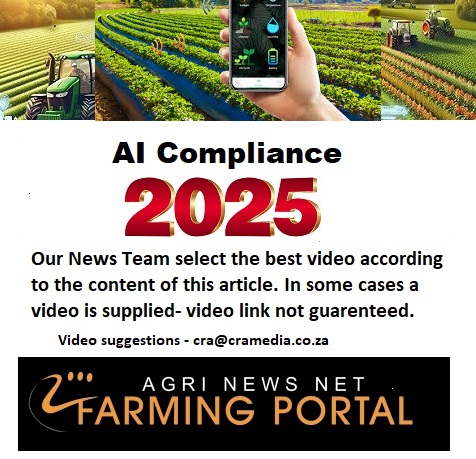Sustainability in agriculture involves balancing profitable farming practices with environmental protection for the benefit of society as a whole. However, challenges such as herbicide resistance, the loss of chemical agents, limited alternatives, and climate change pose significant hurdles for farmers. These issues require innovative solutions to maintain productivity while safeguarding ecosystems.The 2025-26 global wheat production season is projected to set a new world record. The Northern Hemisphere is currently harvesting wheat, injecting fresh supply into global markets, though the quality of this yield remains uncertain.
In Black Sea countries like Ukraine and Russia, production estimates have been slightly downgraded, suggesting a reduction in lower-quality, cheaper wheat entering the global market. Conversely, countries renowned for high-quality wheat—such as Europe, Australia, and Canada—are expected to see an increase in exports this season, capitalizing on their reputation for superior grain.Global demand is set to outstrip supply this year, providing support for international wheat prices.
However, in South Africa, significant wheat imports are anticipated over the next two months, exceeding the five-year average. This surge in imports could exert downward pressure on local prices. Additionally, the influx of European wheat into global markets may further influence price dynamics, potentially softening international prices in the short term.In summary, while international wheat prices are likely to remain supported over the long term due to strong demand, short-term pressure from local imports in South Africa could create challenges for domestic producers. In the canola market, local prices are currently aligned with export parity to Europe.
The season is expected to conclude with lower canola stocks, creating opportunities for the new canola harvest. Local processing capacity will be critical in managing end-of-season stock levels and alleviating pressure on inventories.By addressing these challenges and leveraging global market opportunities, South Africa’s agricultural sector can continue to thrive while advancing sustainable practices that benefit both the environment and society.


















